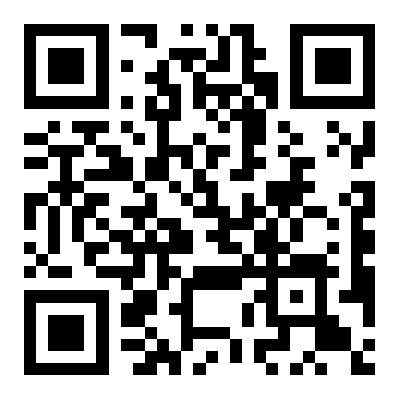-
 原初火球
原初火球
The English Translation of "解说配音" - A Science Popularization Article
Introduction:
Exploring the realm of voice-over dubbing and its translation is essential for a comprehensive understanding of the audiovisual industry. In this article, we will delve into the English translation of "解说配音," shedding light on its significance, challenges, and approaches.
Q: What does "解说配音" mean?
A: "解说配音" refers to voice-over dubbing, a process in which an existing audio track (usually in a foreign language) is replaced with a new voice track. It involves the translation of the original dialogue into a target language while ensuring synchronization with the video footage.
Q: Why is English translation important in voice-over dubbing?
A: English is a dominant global language, allowing translated voice-over content to reach a broader audience. Accurate and culturally appropriate English translations enhance the accessibility and appeal of audiovisual content, facilitating cross-cultural communication and understanding.
Q: What challenges are involved in translating "解说配音" into English?
A: Translating "解说配音" presents several challenges. Firstly, maintaining lip-sync is crucial to ensure the audio matches the speaker's movements on screen. Secondly, capturing the essence of the original dialogue while adapting it to fit cultural nuances and linguistic differences is a delicate balancing act. Lastly, conveying emotions expressed through voice and intonation can be demanding as well.
Q: How can these challenges be overcome?
A: By employing skilled translators and voice actors, these challenges can be tackled effectively. A proficient translator with expertise in audiovisual translation can navigate the intricacies of lip-sync and cultural adaptation. Additionally, talented voice actors can accurately convey the emotions and intentions of the original dialogue, providing an immersive experience for the audience.
Q: What are the translation techniques used in English voice-over dubbing?
A: Various translation techniques are employed in English voice-over dubbing to ensure coherence and authenticity. Adaptation, where the script is modified to fit the target culture, is commonly used. Localization, which involves adjusting cultural references and idiomatic expressions, is another useful technique. When dealing with lip-sync, translators may resort to rephrasing or time compression techniques to maintain synchronization.
In conclusion, the English translation of "解说配音" plays a pivotal role in the audiovisual industry, enabling global audiences to access and appreciate foreign content. Overcoming the challenges of lip-sync, cultural adaptation, and conveying emotions requires the expertise of skilled translators and voice actors. By employing various translation techniques, the essence and impact of the original dialogue can be accurately conveyed in English voice-over dubbing, creating an immersive and culturally relevant viewing experience.
免责声明:以上整理自互联网,与本站无关。其原创性以及文中陈述文字和内容未经本站证实,对本文以及其中全部或者部分内容、文字的真实性、完整性、及时性本站不作任何保证或承诺,请读者仅作参考,并请自行核实相关内容。(我们重在分享,尊重原创,如有侵权请联系在线客服在24小时内删除)
为您的创意找到最好的声音
平台累计配音,超40,050,000 分钟
-
品质保证15年专注网络配音行业 500+国内外专业配音员
-
多种配音中文多场景配音 提供小语种配音
-
公司化运作提供正规发票 签订服务合同
-
双重备案工信部公安双重备案 取得文化经营许可证
-
7*14全天候服务公司实现轮流值班 9:00-21:00都有客服
其他问题
更多视频案例
更多收到您的极速试音需求
关注【客服微信】
听最新案例,新客礼包等你拿!
提交成功
试音顾问将在工作日半小时内联系您,请准备试音文稿或参考音频加速匹配
你也可以注册,可自助下单挑选主播,在线接单配音。(7 X 24小时主播接单)







